Mount St. Helen's
Sunday, July 8, 2007: An early morning scan of the water from our motel turned up many of the waterbirds we'd been seeing: Brown Pelicans, all three cormorants, Western and Glacous-winged Gulls, Capsian Tern, Pigeon Guillemot, and Rhinoceros Auklet. Before leaving Westport we stopped at the lighthouse, where I got a few photos. Then we headed down the coast.
We made some short stops around Willapa Bay, looking for Elk as well as birds. No Elk were found near Raymond airport, but we found them at Bay Center-Dike Road. At one stop we were finally able to get a look at a Marsh Wren after hearing so many of them previously on the trip.
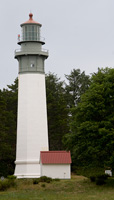 |
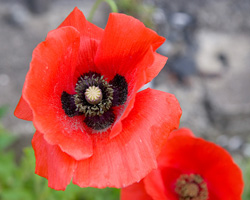 |
| Gray's Harbor Lighthouse | Red Poppies |
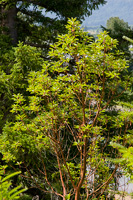 |
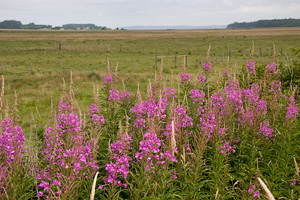 |
| Pacific Madrone | Fireweed |
We then headed inland along SR-4. This took us by the Julia Butler Hansen deer refuge, where we stopped at a viewing area. We did not see the Columbian White-tailed Deer. The drive along SR-4 also gave Susan her first look at the Columbia River.
The big event of the day was Mt. St. Helens. The top of the volcano remained shrouded in clouds, but we could still see quite a bit of the mountain. Amusingly, the visitor's center had a sign up with a weather forecast suggesting the mountain would be visible “except for a rouge cloud”. In fact, there was a long line of clouds that shrouded it all afternoon. We walked the Silver Lake Wetlands trail (0.5 miles), where the highlights included 3 immature Bald Eagles.
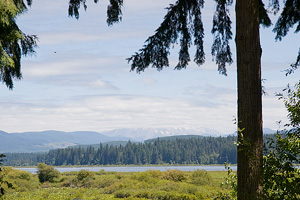 |
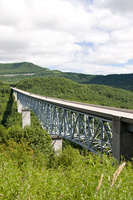 |
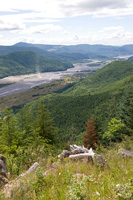 |
| Mt. St. Helens | Hoffstedt Creek Bridge | N. Fork Toutle River |
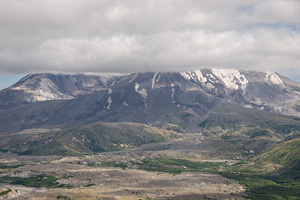 |
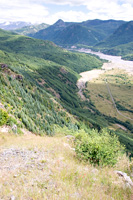 |
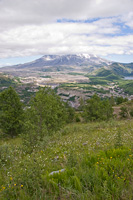 |
| Shrouded Mt. St. Helens | Mt. St. Helens and Toutle River | Mt. St. Helens |
It was amazing to see the amount of land devastated by the eruption and how long it has taken some of it to even regain a ground cover. Some still has no ground cover. Other parts are regrowing a forest. I think it would be interesting to return in 15-20 years and see how it has changed. We also noticed an odd phenomenon in the replanted areas (planted with noble firs). The height and spacing of the branches gave a sort of moire effect, kind of like double-vision. It was hard to look at.
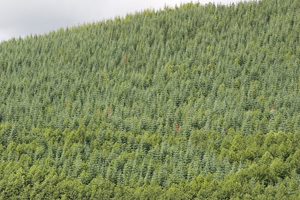 |
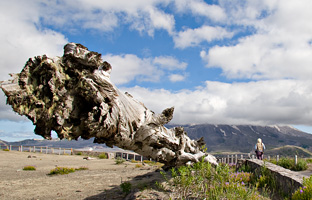 |
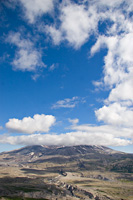 |
| Noble Fir Forest | Mt. St. Helens Tree | Mt. St. Helens |
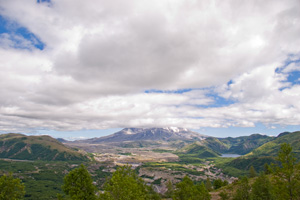 |
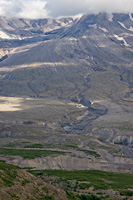 |
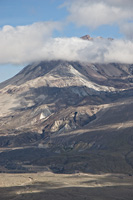 |
| Mt. St. Helens and Castle Lake | Mt. St. Helens Closeup | Mt. St. Helens Peeks Out |
We didn't find a lot of birds. The best birding closer to the volcano was on the Hummocks Trail, which might be nice early in the morning. We did get decent looks at Vaux's Swifts there. On the way back, we stopped for dinner and cobbler. As we left, I noticed a Common Nighthawk overhead.
Best Western, Woodland, WA